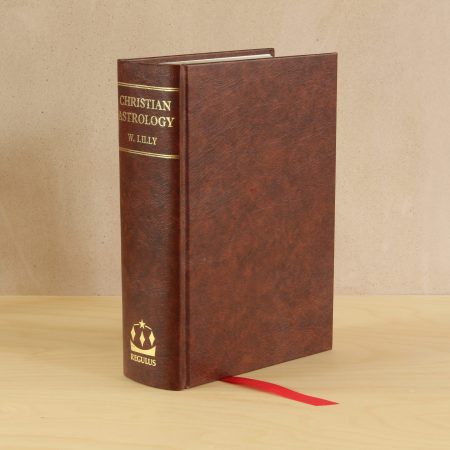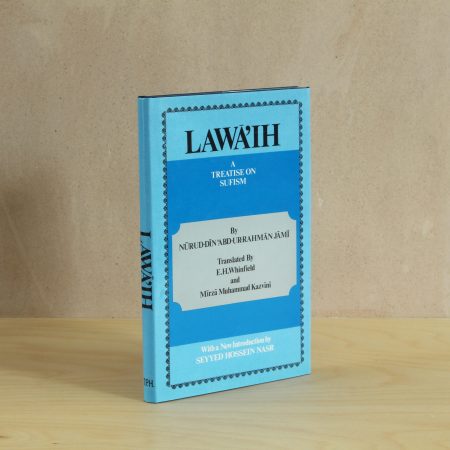Description
Across the title page of the first edition of Le Comte de Gabalis, published at Paris in the year 1670, runs the cryptic phrase from Tertullian, “Quod tanto impend io absconditur etiain solummodo demonstrate destruere est” (“When a thing is hidden away with so much pains, merely to reveal it is to destroy it”) suggesting to the mind that there is a concealed mystery. Hungry souls, heeding these words, have sought and found beneath the ésprit and sparkle of its pages a clue to that truth which all the world is seeking.
Many readers will recall Sir Edward Lytton’s citation of Comte de Gabalis in his strange novel Zanoni, certain portions of which were based upon this source. And others will remember the high esteem in which the wit and wisdom of the Abbe de Villars’s masterpiece were held by litterateurs, as well as occultists, in the early years of the 18th century. Alexander Pope, in his dedication to the Rape of the Lock, the first draft of which was written in 1711, says, “The Rosicrucians are a people I must bring you acquainted with. The best account I know of them is in a French book card Le Comte de Gabalis, which both in its title and size is so like a Novel, that many of the Fair Sex have read it for one by mistake. According to these Gentlemen, the four Elements are inhabited by Spirits, which they call Sylphs, Gnomes, Nymphs, and Salamanders. The Gnomes or Demons of Earth delight in mischief; but the Sylphs, whose habitation is in the Air, are the best-condition’d Creatures imaginable. For they say, any mortals may enjoy the most intimate familiarities with these gentle Spirits, upon a condition very easy to all true Adepts, an inviolate preservation of Chastity.”
Rendered out of French into English with a Commentary by Lotus Dudley.
Comte de Gabalis, Abbe N. de Montfaucon de Villars, Macoy Publishing & Masonic Supply Co., 1922
Hardback. Bound in blue cloth. Formerly belonging to the Theosophical Library, Gloucester Place. Spine is worn and leans. End paper, title and copyright pages are stamped as are various pages internally. 352 pp.




